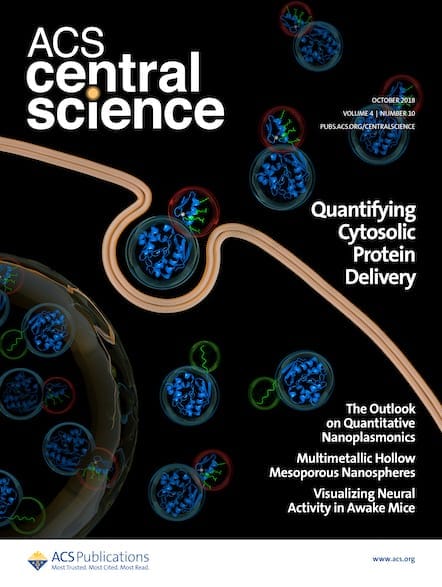Many metal artifacts have historical and cultural significance, and polymer coatings have become a common way to protect museum exhibits and conservation items from heat, water, oxygen, and light. New research aims to fill knowledge gaps about how these layers degrade over time and affect the underlying metal.

Our museums and collections contain millions of metal artifacts, relics from past civilizations that open new doors to historical and cultural insights. Many of these metals are not stable and therefore require careful surface and environmental control for proper preservation. Oxidation and electrochemical corrosion represent major risks for these metal objects and fragments, many of which contain iron. Lightweight polymer coatings are often used as water repellents and consolidants, offering strong adhesion, high strength, and excellent hydrophobicity.1,2 However, there is insufficient awareness about how these coatings might change as they age—potentially releasing reactive oxygen radicals, acids, alcohols, ketones, and esters—and what damage this might do to the underlying metal. Challenges remain in identifying an appropriate characterization strategy for evaluating these aging behaviors.3 Traditional techniques rely on peeling the coating off or dissolving it in a solvent, followed by Fourier transform infrared spectroscopy or gel permeation chromatography—but these approaches are unable to reveal the interfacial interaction between the polymer and artifact.
A new study published in ACS Central Science describes a three-dimensional fluorescence imaging strategy that can be used in situ to visualize early aging behaviors of polymers, achieved by lighting the carboxyl groups that are generated as the coatings age.4 The researchers focused on acrylic resin B72, the most widely used polymer for the preservation and protection of metal artifacts. Worryingly, the results revealed that polymer aging occurs both at the outer surface and at the interface with the metal, generating carboxyl groups and hydroxyl radicals. This is an important finding, since these can induce corrosion and oxidation of the artifact under the coating, further aggravating the polymer aging.

Unexpected Damage on Metal Artifacts Triggered by the Hazardous Interfacial Interaction from Aging of Polymer Coatings
The team validated this runaway circular reaction using samples from real metal artifacts, including an iron coin from the Northern Song Dynasty. Further analysis with a micro-Raman technique showed that for unaged iron debris coated with B72, most iron existed as stable phases of Fe3O4 and α-FeOOH, with a small amount of unstable β-FeOOH—but after photothermal treatment for 90 hours, more unstable corrosion products appeared.
Other groups have investigated the corrosion mechanism of iron sheet under polylactide coatings using electrochemical methods to track the dynamic corrosion process and inspect various potential cues influencing iron corrosion.5 These also suggested acceleration of iron corrosion by coating arises—in this case mainly from decreasing local pH due to polylactide hydrolysis.

A Self-Dissolving Hydrogel That Helps Preserve Waterlogged Wood From Shipwrecks
These findings raise a timely alarm for ensuring the tools and materials we use to preserve history don’t end up rewriting it. With further research, the authors are hopeful that their work may lead to the development of next-gen polymers enhanced with stabilizers and anti-aging agents—materials better equipped to safeguard metal artifacts over time.
References
- Favre-Quattropani, L. et al. The protection of metallic archaeological objects using plasma polymer coatings. Surf. Coat. Technol. 2000, 125, 377–382.
- Hong, D. et al. Humidity-tolerant porous polymer coating for passive daytime radiative cooling. Nat. Commun. 2024, 15, 4457.
- Tian, R. et al. Characterization Techniques of Polymer Aging: From Beginning to End. Chem. Rev. 2023, 123, 6, 3007–3088.
- An, Y. et al. Unexpected Damage on Metal Artifacts Triggered by the Hazardous Interfacial Interaction from Aging of Polymer Coatings. ACS Cent. Sci. 2025, 11, 5, 694–703.
- Qi, Y. et al. Mechanism of Acceleration of Iron Corrosion by a Polylactide Coating. ACS Appl. Mater. Interfaces 2019, 11, 1, 202–218.
